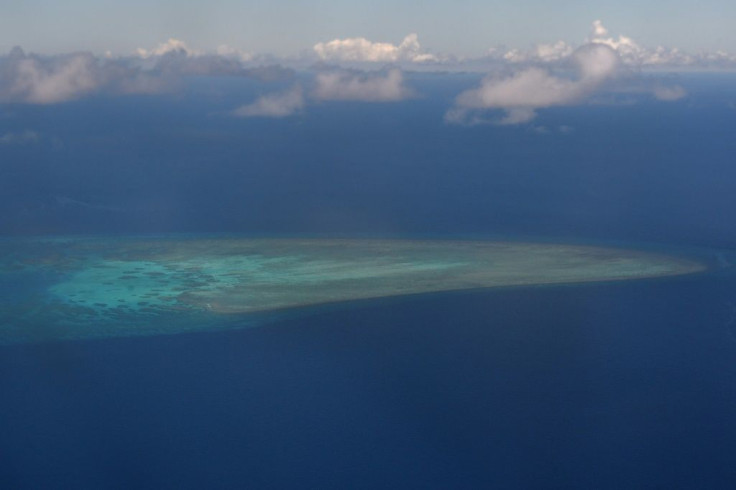Japan Puts Reverse Pressure on China, Sails Warships Near Disputed Islands In South China Sea
KEY POINTS
- A destroyer sailed near one of the Spratly Islands in March
- Another vessel did a similar transit through a contiguous zone in August
- Analysts think these FONOPs are unlike the ones carried out by the U.S.
Long on the receiving end of Chinese aggression in the East China Sea, Japan has retaliated in the same manner by sending warships close to Chinese-controlled islands and reefs in the South China Sea.
According to Japanese media, Japan conducted its own "freedom of navigation operations" (FONOPs) on at least two occasions in the last ten months in the disputed waters to "deter China," reported Radio Free Asia.
A report by Yomiuri Shimbun quoted unnamed government sources who claimed the Maritime Self-Defense Force operations started in March 2021 under the administration of then-Prime Minister Yoshihide Suga. Two such operations were conducted, in March and in August.
While a destroyer sailed through the contiguous zone around at least one of the Spratly Islands in March, another vessel did a similar transit through a contiguous zone just beyond territorial waters claimed by China.
"The operations were meant to warn China which is distorting international law, to protect freedom of navigation and the law and order of the sea," the Japanese newspaper quoted a senior Defense Ministry official.
That said, the Japanese ships were only sailing through the international waters and did not enter China's territorial waters. "These operations were carried out "on such occasions as traveling to or from joint drills with other Navies, or deployment to the Middle East," the report said.
However, analysts think these FONOPs are not like the ones carried out by U.S warships.
"They do not challenge China's territorial sea regime nor its sovereignty claims to low-tide features like Mischief Reef like the U.S. FONOPs do," Mark Valencia, adjunct senior scholar at China’s National Institute for South China Sea Studies, told Radio Free Asia.
"They are an exercise of freedom of the high seas that is not opposed by China," he added.
However, regional experts do agree that these moves would have angered Beijing. A report by South China Morning Post quoted an expert who said "there will certainly have been a political meaning behind the passage."
"It would be easy to conclude that the intention was to put some pressure on China and I expect Beijing would have been concerned at this," said the analyst with the National Institute of Defence Studies.
However, there is no word from Tokyo as to whether the Japanese ships were challenged by Chinese forces or whether a complaint was filed through diplomatic channels.
While China claims a 12 nautical mile area around each of the islands as its exclusive territorial waters, the contiguous zone extends a further 12 nautical miles beyond that limit in the South China Sea.

© Copyright IBTimes 2024. All rights reserved.





















